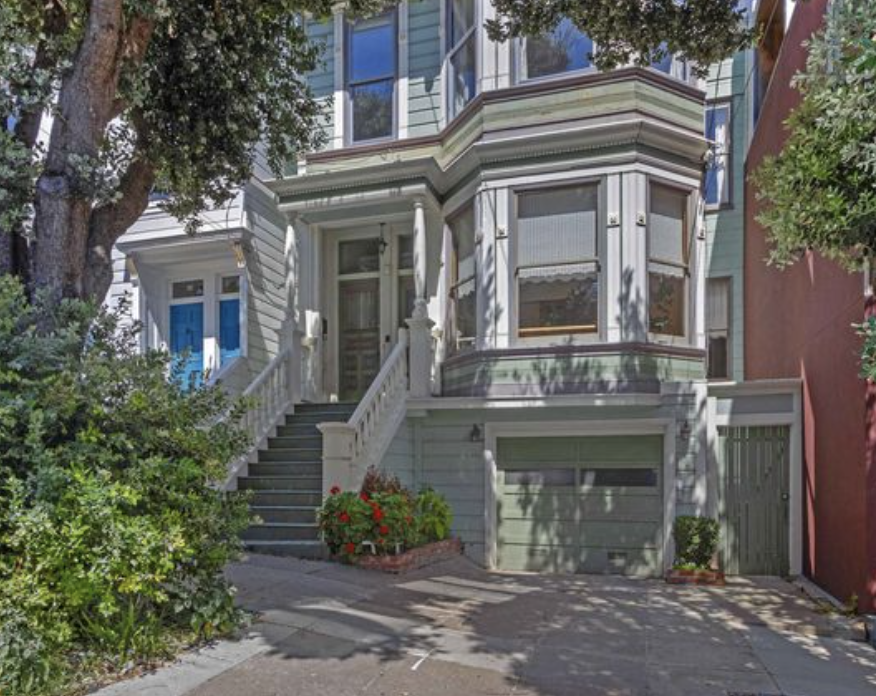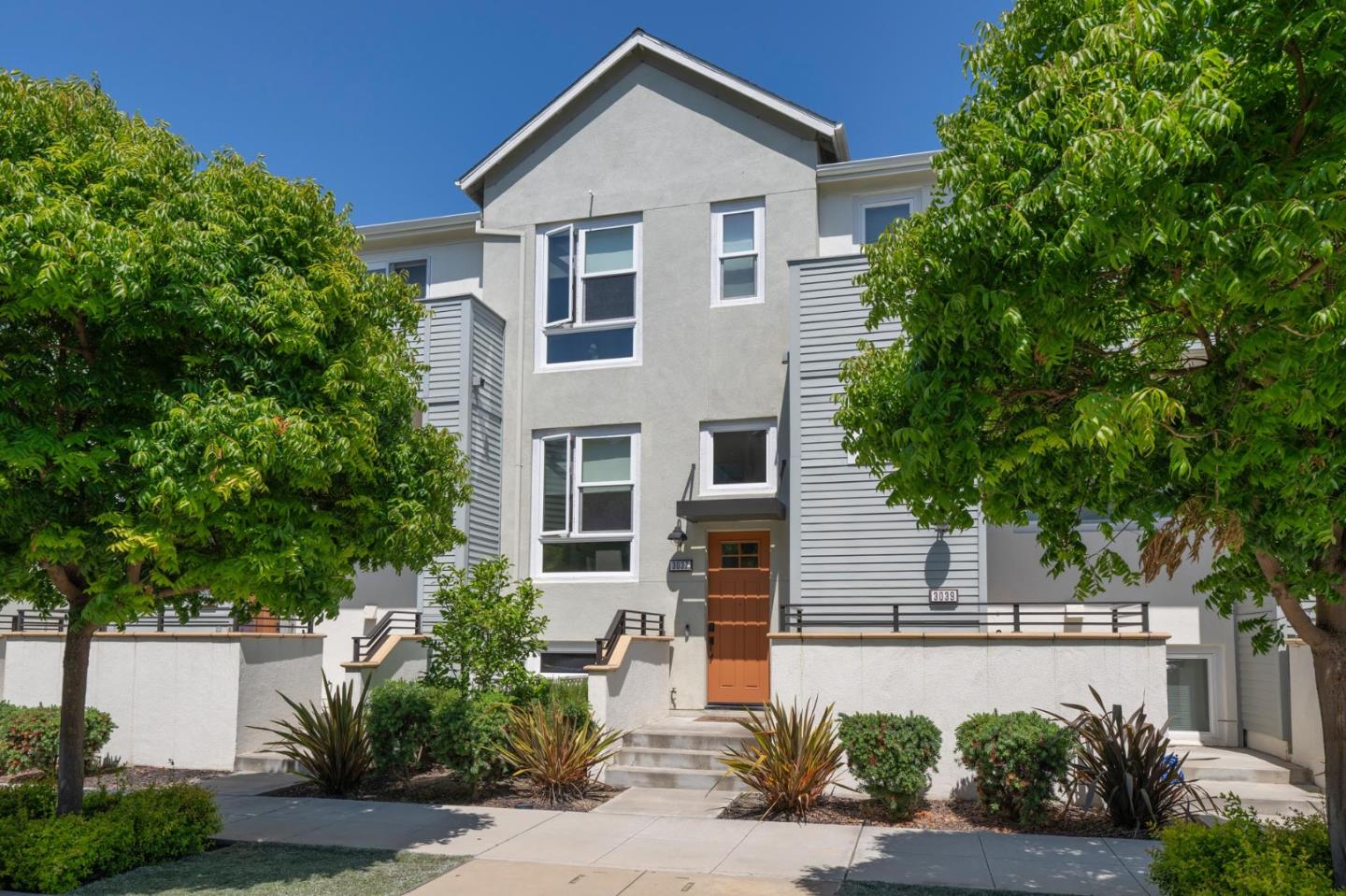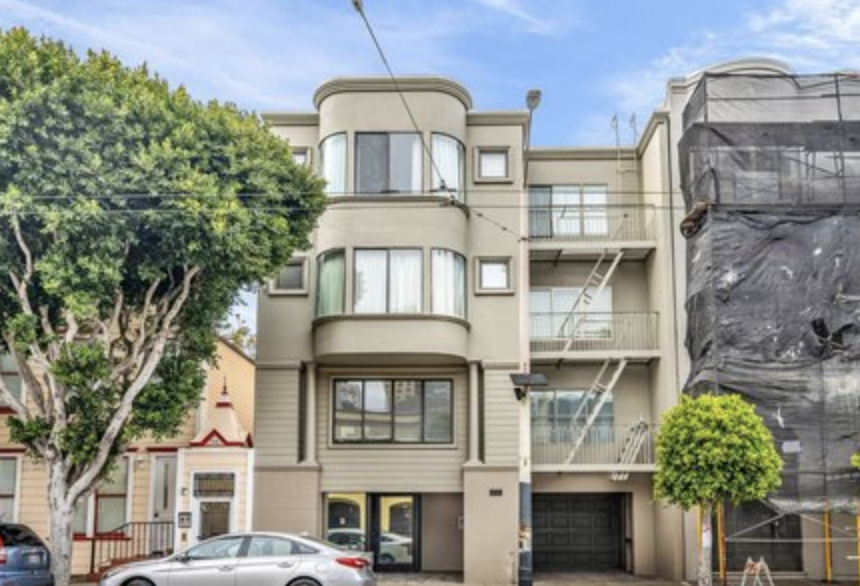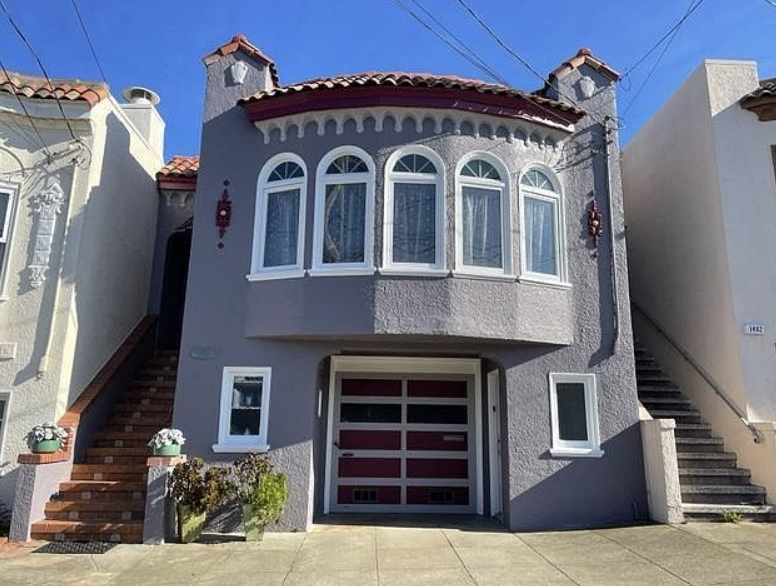
Bay Area landlords can use a 1031 exchange to sell low-yield rentals and invest in high-cash-flow commercial properties in California for better return.
Are you a Bay Area landlord feeling the squeeze of low cap rates and time-intensive property management? If you own a single-family home in San Francisco, San Mateo, or other high-cost Bay Area cities, you’re likely sitting on significant equity—potentially $569,000 to $1.12 million after a decade of ownership—but earning meager returns of just 2.1% to 4.0%. With tenant turnover every 20 months eating into your cash flow and demanding 4–7 hours of your time each month, it’s natural to wonder if there’s a better way to grow your wealth. The good news? A 1031 exchange can help you sell your low-yield investment property and upgrade to higher-yield, higher cash-flowing commercial assets elsewhere in California, all while deferring capital gains taxes. Here’s how Bay Area investors can make this strategic move to boost returns and simplify their portfolios.
The Bay Area Challenge: Low Cap Rates, High Effort
Owning a single-family rental in the Bay Area—whether in San Francisco ($1.5M median price), San Mateo ($1.6M), Santa Clara ($1.3M), Alameda ($1.3M), or Contra Costa ($810,000)—comes with challenges. Cap rates, which measure your annual return (net operating income divided by property value), are often dismal:
- San Francisco: 2.2%–2.6%
- San Mateo: 2.2%–2.7%
- Santa Clara (San Jose): 2.2%–2.8%
- Alameda (Oakland): 2.1%–2.7%
- Contra Costa (Walnut Creek): 3.1%–4.0%
These low yields stem from sky-high property values driven by tech wealth and limited supply, making cash flow tough to achieve.
For example, a $1.5M San Francisco home might generate $32,400–$39,600 in annual net income after expenses like property taxes (~$18,000/year), maintenance, and vacancies. Meanwhile, managing tenants who turn over every 20 months requires 430–860 hours over 10 years—time you could spend elsewhere. Add in California’s strict regulations, like rent caps under the Tenant Protection Act of 2019, and the financial math often doesn’t add up.On top of that, market risks loom. Forecasts suggest a potential 1.8%–4.7% price drop in San Francisco by late 2025, driven by high mortgage rates (6–7%) and increasing inventory.
If your property’s total return (cap rate plus ~3% annual appreciation) falls below 5–7%, it may underperform compared to alternative investments like stocks (historically ~7–10% returns). For small investors with significant equity tied up, this is the inflection point where holding onto a low-yield rental becomes financially questionable.
The 1031 Exchange Solution:
Trade Up for Better ReturnsA 1031 exchange, named after Section 1031 of the IRS Code, allows you to sell your investment property and reinvest the proceeds into a “like-kind” property while deferring capital gains taxes. This strategy is a game-changer for Bay Area investors looking to unlock the equity in their single-family homes and transition to commercial properties with higher cap rates, better cash flow, and longer-term tenants.
Here’s why it’s a smart move:
1. Higher Cap Rates in Commercial Properties
Commercial properties—like multi-tenant retail centers, office buildings, or industrial spaces—often offer cap rates of 5–7% or higher in markets outside the Bay Area, such as Sacramento, Fresno, or San Diego. For example:
- A $1.5M San Francisco single-family home with a 2.5% cap rate generates ~$37,500/year in net income.
- Exchanging into a $1.5M commercial property in Sacramento with a 6% cap rate could yield ~$90,000/year—more than doubling your cash flow.
2. Longer-Term Tenancy, Less Hassle
Commercial leases typically span 5–10 years, compared to the 20-month tenant turnover common in Bay Area single-family rentals. This stability reduces vacancy costs and management time. Instead of spending 15–30 hours per turnover on tenant screening, repairs, and lease prep, you could manage a commercial property with professional tenants who often handle maintenance themselves (e.g., in triple-net leases).
3. Tax Deferral and Wealth Building
By deferring capital gains taxes, a 1031 exchange preserves your equity for reinvestment. For instance, selling a San Francisco property with $1.05M in equity (after a $450,000 remaining mortgage) lets you reinvest the full proceeds into a higher-yielding asset, compounding your returns over time.
Real-World Example: From San Jose to Sacramento
Consider Jane, a San Jose landlord who bought a single-family home in 2015 for $620,000 with a 20% down payment. Today, it’s worth $1.3M, with $912,000 in equity and a cap rate of 2.8% (~$36,000/year net income). Frustrated by the 4–7 hours/month spent managing tenants and low returns, Jane decides to sell.
Using a 1031 exchange, she sells the property and reinvests $1.3M into a multi-tenant retail strip in Sacramento, priced at $1.3M with a 6.5% cap rate (~$84,500/year net income). The commercial property has 7-year leases with stable tenants, cutting her management time to under 2 hours/month. Jane defers ~$200,000 in capital gains taxes, doubles her cash flow, and reduces her workload, all while diversifying into a growing market.
Why Look Beyond the Bay Area?
While the Bay Area offers strong appreciation, other California markets provide better cash flow and stability for commercial investments:
- Sacramento: Median commercial properties (~$1M–$2M) offer 5.5%–7% cap rates, with strong demand from retail and office tenants.
- Fresno: Lower entry costs (~$800K–$1.5M) and cap rates of 6–8% make it ideal for cash flow-focused investors.
- San Diego: Stable commercial markets with 5–6.5% cap rates and long-term leases, balancing growth and income.
These markets have less competitive pricing than San Francisco or San Mateo, allowing your equity to stretch further and generate higher returns.Steps to Execute a 1031 Exchange
- Consult Experts: Work with a real estate agent specializing in investment properties and a qualified intermediary (QI) to handle the exchange process.
- Identify a Buyer: Market your Bay Area property to capitalize on its high equity, despite low cap rates. Highlight its appreciation potential to attract buyers.
- Select Replacement Properties: Within 45 days of closing, identify up to three commercial properties in higher-yield markets. Focus on assets with stable tenants and 5–7%+ cap rates.
- Close Within 180 Days: Complete the purchase of the new property, ensuring funds are held by the QI to maintain tax deferral.
- Verify Like-Kind Status: Ensure the new property qualifies (e.g., commercial real estate for investment purposes).
Is a 1031 Exchange Right for You?
If you’re a Bay Area investor with a single-family rental yielding under 4%, significant equity tied up, and a growing frustration with tenant turnover, a 1031 exchange could be your path to financial freedom. By upgrading to a commercial property with higher cap rates and longer leases, you can boost your cash flow, reduce management time, and defer taxes—all while positioning your portfolio for long-term growth.
Ready to explore your options? As a Bay Area investment property specialist, I can help you analyze your property’s cap rate, assess your equity, and identify high-yield commercial opportunities across California.
Contact me today for a free “Investment Property Health Check” to see if a 1031 exchange is your next smart move.
.png)



















